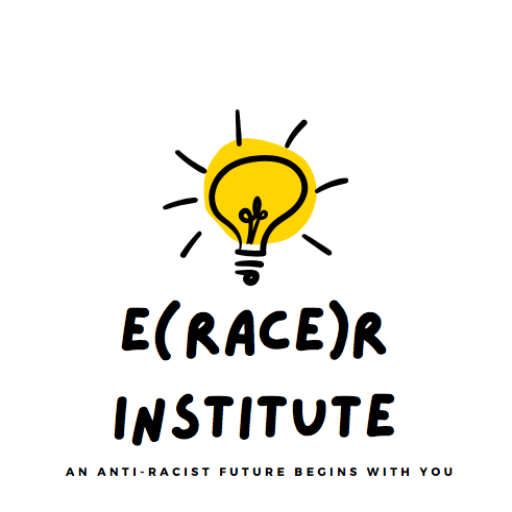At the time this video was filmed, I was reflecting on why there was so much resistance to “doing” anti-racist work. I was certain that anti-racist work was “love work.” Now I had to figure out how to share that idea with the world.
There was a lot excitement around “equity” and “diversity.” In fact, I was in Waterloo Region because I had taken a role at a university that did “that”diversity and equity” work. But my heart was not in “diversity.” Diversity was not the change agent. My heart was in “anti-racism.” Anti-racism was the goal: to be against racism.
I began to dig in a little deeper, considering why such intense fear was overshadowing the potential inherent in anti-racist work. Why wasn’t anti-racist work being considered “love” work?
My Doctoral work serves as a key example of how to move from theory to practice in unique ways.
Social Context
- The word “anti-racism” was scaring the people I worked with. It was scaring the senior leaders around me.
- Academics who studied race were less inclined to use the words “race” or “racism” because they knew the block this created for their work. Also troublesome was the word “Black.”
- Language mattered in grant proposals. More specifically, if words like “race” or “racism” were included in my grant proposal, my projects would likely not be funded.
- Senior academics explained that I should substitute “race” or “racism” with “multiculturalism.” Multiculturalism was considered safer and more comfortable.
- “Multiculturalism” did not make people uncomfortable. Words like “racism” and “anti-racism” did.
- When I started my doctoral degree, anti-racist work was not really a thing. In fact, the language was shifting away from “multiculturalism” and towards “diversity.” As such, diversity was all the rage, and diversity training was taking off like wild fire.
- Successful diversity training looked like:
- Publicly pointing out errors people made;
- Pointing out histories and/ or ideas they did not know during sessions;
- Believing that once those being trained were uncomfortable, felt guilty, or were experiencing shame, the work was officially complete.
- The act of “Calling in” or “Calling Out” was visible for me in other areas too. Take comedy, for example.
- I realized that nothing was funny unless you were “in on the joke.” More specifically, you had to become an “insider” in order to understand why a particular joke was so funny.
- And anti-racist comedy was “love work.” Because some people were using comedy in a way that leveraged laughter in illuminating the lunacy of racism.
Doing anti-racist work differently
- I was in a Faculty of Education where explicit teaching on “how” to be anti-racist in the classroom was missing.
- I knew that certain comedians used their platforms to talk about race and racism. (Think Dave Chappelle, Chris Rock, or the late Richard Pryor or Paul Mooney.) They did not substitute the language. But somehow, they sold their conversations on public stages.
- Comedy is an art form and, like any art form, the approach is pedagogical.
- If I analyzed how comedians spoke about race, I could share their approach with educators.
- I immersed myself in this idea: what would happen if we took a comedic approach to “doing” anti-racist work? What if we shifted from calling folks out to calling folks in? Could I still hold someone accountable with this shift?


